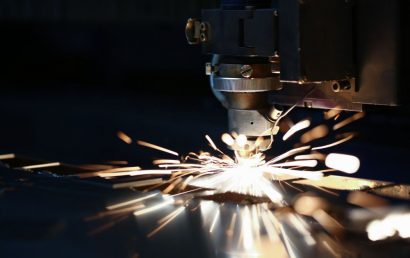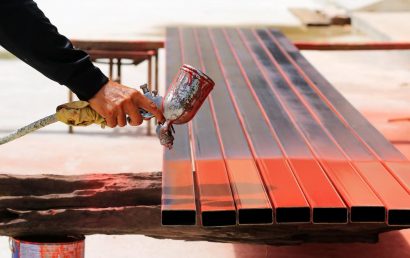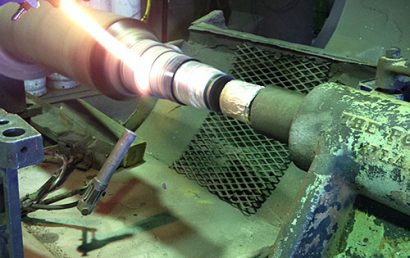Understanding The Plasma Spray Process & Common Plasma Spray Materials
Today, there is a wide range of thermal spray technologies available on the market. What’s more, there are countless types of thermal spray materials that can be used to produce quality coatings. In this post, we will touch on the benefits of plasma spray coatings, common plasma spray applications and come common materials typically sprayed via the plasma process.
If you are interested in getting plasma spray coatings applied to your substrates, A&A Coatings can assist.
Understanding the Plasma Spray Process
Plasma is a term that refers to gas being raised to high temperatures that causes it to ionize and become electrically conductive. Plasma spray is recognized as one of the leading thermal spray coating processes that combines high particle velocities, a relatively inert spraying medium (like argon), a high energy heat source and high temperatures to produce high quality coatings. The high temperatures achieved with the plasma spray process allow us to apply coatings with extremely high melting points such as ceramics.
What are the Benefits of Plasma Spray Coatings?
One of the biggest benefits that the plasma spray coating process offers is its ability to spray a great array of materials from pure metals and carbides to high melting point ceramics. Plasma sprayed coatings offer solutions to many problems by imparting properties to the coated substrate such as:
- Electrical conductivity and resistivity
- Temperature management
- Oxidation and heat resistance
- Clearance control (abradables and abrasives)
- Resistant to wear
- Protection against corrosion
Common Plasma Spray Applications
Due to the versatility and excellent characteristics that plasma spray coatings possess, it is no wonder that many engineers opt for this particular coating process. Some common applications for Plasma Spray coatings are as follows:
- Down hole tools from oil and gas production: These parts need corrosion protection, wear and erosion resistance
- Marine Applications: Many surface ship and submarine components are coated with ceramics to provide resistance to wear, corrosion and pitting.
- Printing rolls that are used for laser engraving: Chrome oxide ceramics are sprayed to provide wear resistance and assist in the printing process
- Gas turbine combustion hardware: Thermal barrier coatings are applied to provide high temperature protection
- Seal ring grooves of gas turbines: Tungsten carbide coatings are used to mitigate fretting wear problem
This is just a small sample of the many applications for Plasma Sprayed coatings.
Common Plasma Spray Materials
Now that you are more familiar with the process itself, let’s turn the spotlight onto some of the widely used plasma spray materials.
- Aluminum-Polyester
Developed for machine element clearance control, the plasma aluminum-polyester material is made from a blend of silicon-aluminum and polyester powders. This coating provides impact resistance and possesses stellar internal strength.
- Chromium Oxide Ceramic
If you are looking for plasma spray coatings that provide excellent self-mating, anti-galling and corrosion resistant properties, plasma sprayed chromium oxide coatings are the perfect choice. Parts that are affected by wear problems caused by cavitations, particle erosion, hard surfaces and abrasive grains are excellent candidates for this material.
- Tungsten Carbide
Made from fine grade tungsten carbide-cobalt aggregate powder and other compositions, plasma tungsten carbide coatings are the ideal choice for wear resistance. Tungsten carbide coatings are among the hardest and most wear resistant coatings on the market.
- Alumina-Titania Ceramic
Alumina-Titania ceramic is used in many seawater applications for wear and corrosion resistance. It is also an excellent non-conductive coating for many applications where conductivity needs to be eliminated.
Besides these above-mentioned options, there are many other plasma spray materials for your consideration. Talk to us at A&A Coatings to learn more!



